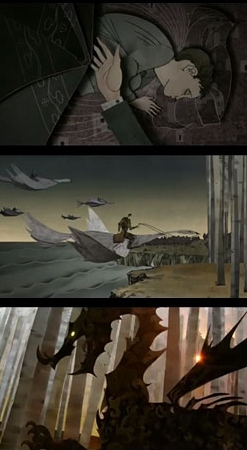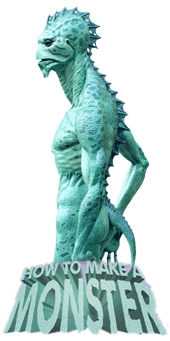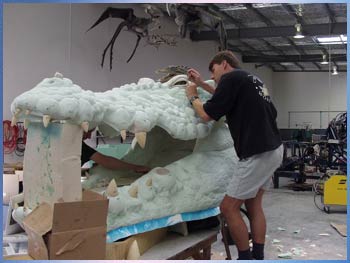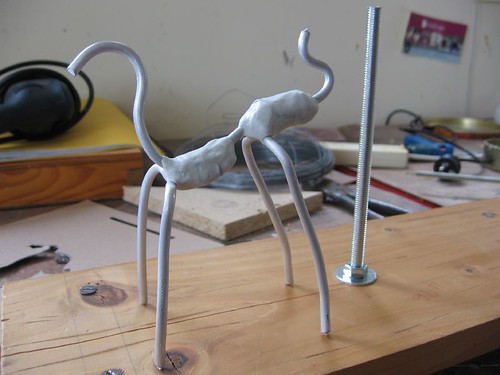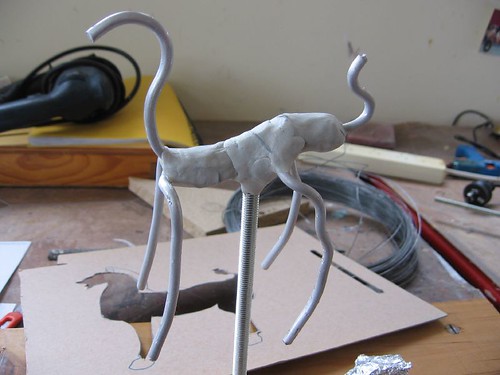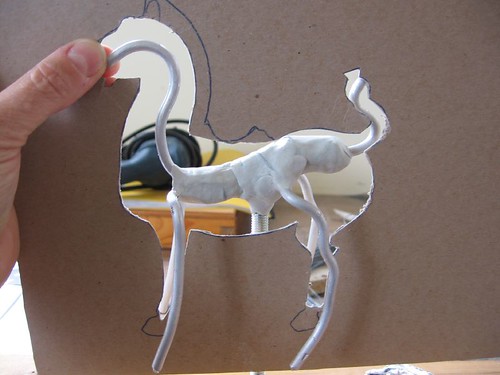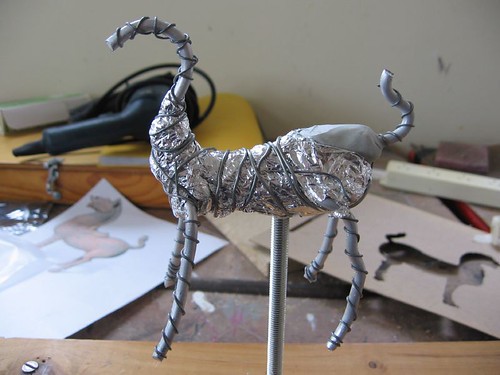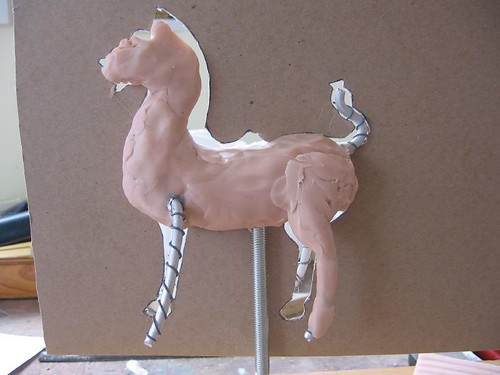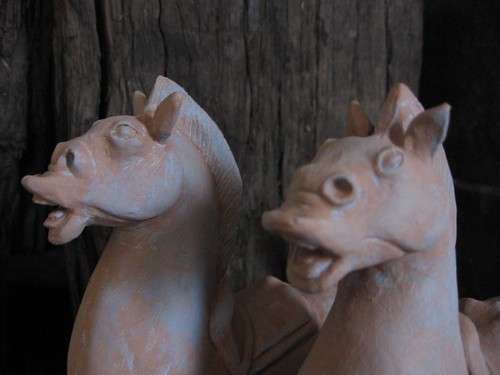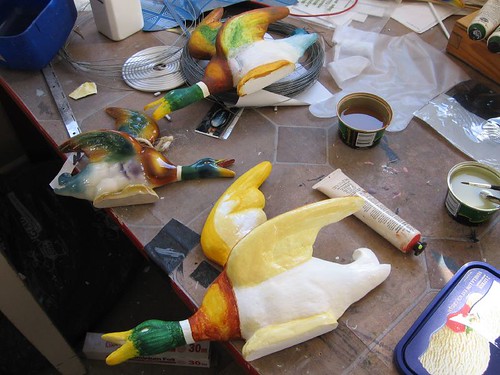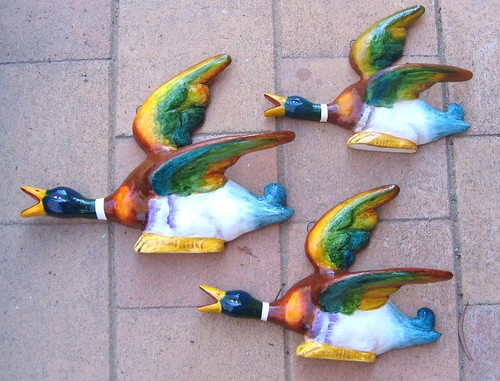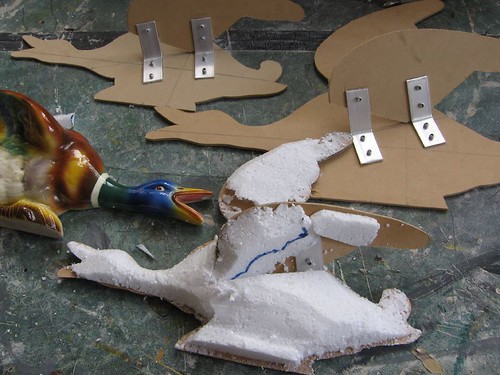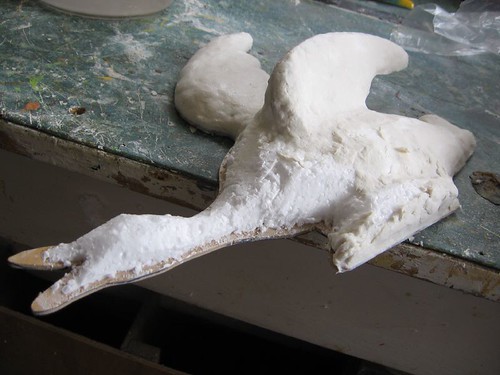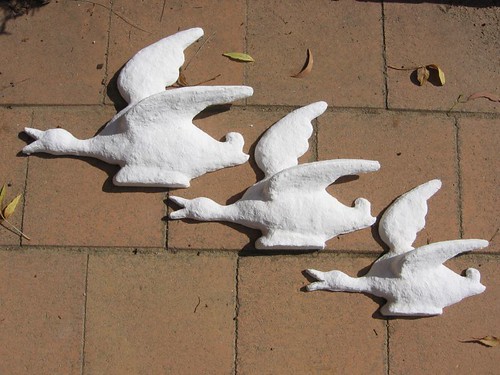My friend Lynda would like to know seven strange things about me… Thanks, Lynda.
- I disliked dolls as a child, but loved teddy bears and other animal toys. My favourite was a panda I was given when I was about 4. I was fluent in Panda talk. Another favourite was a little German-made bear that I was given to keep in my pocket on the plane when my family moved from South Africa to Australia when I was seven. (I don’t think he is a Stieff bear, because I don’t remember him ever having a stud in his ear, but he is a dead-ringer for Peter Bull’s bear, Theodore, that sold for a fortune in 1995.)
- When I was little I used to save up my pocket money for 10 weeks to buy little felt mice from a tiny shop called The Acorn in the Adelaide Hills. They had tartan clothing, and you could get girl and boy mice. Later I started to make them for myself, and I had a whole family of them, all with alliterative names like Miranda Mouse. I also made them things like tiny books, bags and babies. I still have some, and I still make them occasionally. There are notes on the photo if you follow its link through to Flickr.
- When I was about 12 I went through a phase of carving rabbits in the ends of matchsticks.
- Another early foray in craft was making miniature gonks in football colours for friends at school. Gonks were a 60’s fad, essentially humpty dumpties with big hands and feet, and a fuzzy tuft of hair.

- At about the same age I started making soft toys from patterns in women’s magazines, only I often made them straight from the miniature pattern on the page, rather than scaling them up
- We have a couple of treasured crocheted blankets made by grannies in the family, but on the whole I dislike crocheted objects. Amigurumi drive me nuts. I don’t know why.
- I find it very difficult to tag people; not sure why. (I also have a telephone thing, have to push myself to telephone at times). So if any of my blogging friends would like to take up the meme and run with it, please do, and let me know in comments here.


